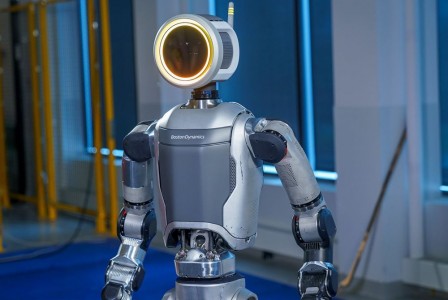SEARCH
Scientists created a somewhat artificial brain

SHARE IT
Scientists from the Netherlands and South Korea have just created a "iontronic memristor (memory resistor)," also known as an artificial synapse. This device, which is only little wider than a human hair, mimics the region of the brain that allows us to think and learn. This isn't the first time scientists have attempted to create a gadget that can mimic the reasoning of the human brain, but this one is unique since it's built like our brains.
So, what is this brain-like device, and what makes it so unique? Prepare for some science talk. The iontronic memristor has a tapered microfluidic channel fashioned like a cone that contains a salt (potassium chloride) solution dissolved in water. Yes, it's just salt and water.
When the gadget gets an electrical signal, the ions in the water solution migrate up the channel and change location, influencing the ion density and conductivity. This essentially alters how well the memristor conducts electricity, comparable to how our brain cells link more strongly or weakly depending on our experiences.
This may be the closest thing yet to how human brains function in an artificial context, and it differs from past attempts at the very foundation since it is entirely formed of water and salt rather than silicon and metals.
Although memristors have been utilized in a variety of traditional platforms, they differ from the human brain in that they rely on a single source of information (electrons or holes) and respond only to electrical inputs. This is in contrast to how synapses in human brains function, which can rely on both electrical and chemical impulses to complete tasks.
Current artificial intelligence programs, even the most advanced, lack the ability to reason independently in the same way that humans do. Meanwhile, large language models (LLMs) may sound like we do, but they are simply a collection of words spoken by other people (and machines). Their ability to create is the result of learning from people rather than their own cognitive abilities.
Doctoral researcher Tim Kamsma led the study, which was conducted in collaboration with Utrecht University in the Netherlands and Sogang University in South Korea. This is the first time fluidic ion channels have been used to mimic brain fluid mechanisms. However, aqueous neuromorphic devices, like iontronic memristors, are still in their early stages, and their use in neuromorphic computers is still in the works.
Building devices like these is a stepping stone to the next era of AI. Other scientists have attempted to achieve this in other methods, such as utilizing honey.
MORE NEWS FOR YOU

 Help & Support
Help & Support 

